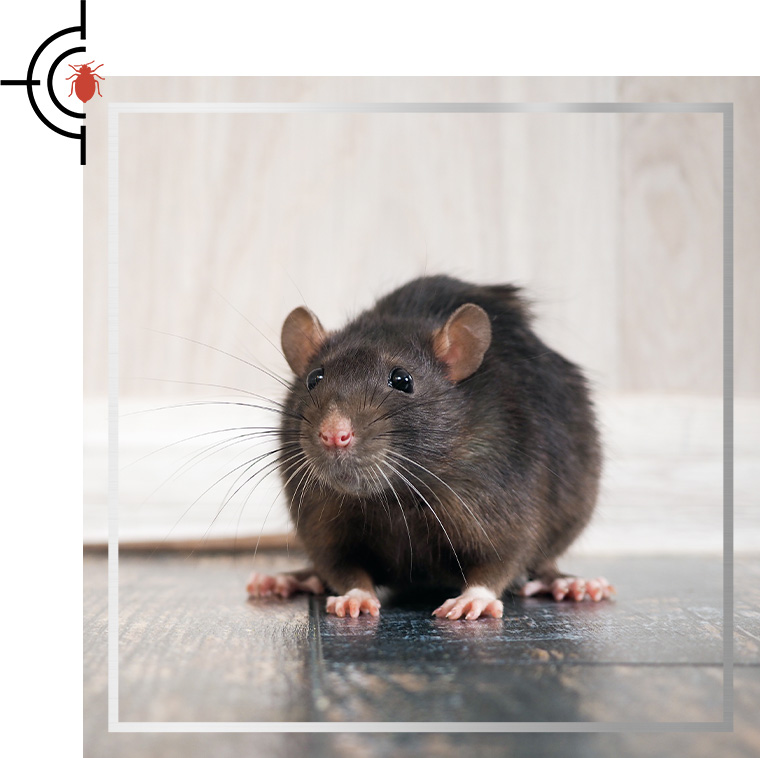
Learn More About Rats
New England is home to several rat species, primarily the Norway rat and the roof rat. Understanding their biology and behavior is crucial for effective pest control. Norway rats are larger, typically brown, and prefer burrowing in the ground, while roof rats are smaller, black, and often found in trees or attics.
Rat Biology and Behavior
Understanding rat biology and behavior is essential for effective pest management. Rats are nocturnal, social animals that can thrive in various environments, making them a persistent problem in urban areas.

Frequently Asked Questions
Still have questions or can't find the answer you need? Give us a call at 877-665-2667 today!
-
What are the signs of a mice infestation?Common signs include droppings, gnaw marks, and nests made of shredded materials. If you notice any of these, it's time to take action.
-
How can I prevent mice from entering my home?Seal any cracks or holes in your walls, ensure windows and doors close tightly, and keep food stored in airtight containers.
-
What should I do if I see a mouse?If you spot a mouse, avoid panic. Set traps or contact Pest Assassins for professional assistance to handle the situation effectively.
-
Are there any natural methods to deter mice?Yes, using peppermint oil, ultrasonic repellents, and maintaining cleanliness can help deter mice from your property.
-
When should I call a pest control professional?If you notice signs of an infestation or if your prevention methods aren't working, it's best to call Pest Assassins for expert help.
